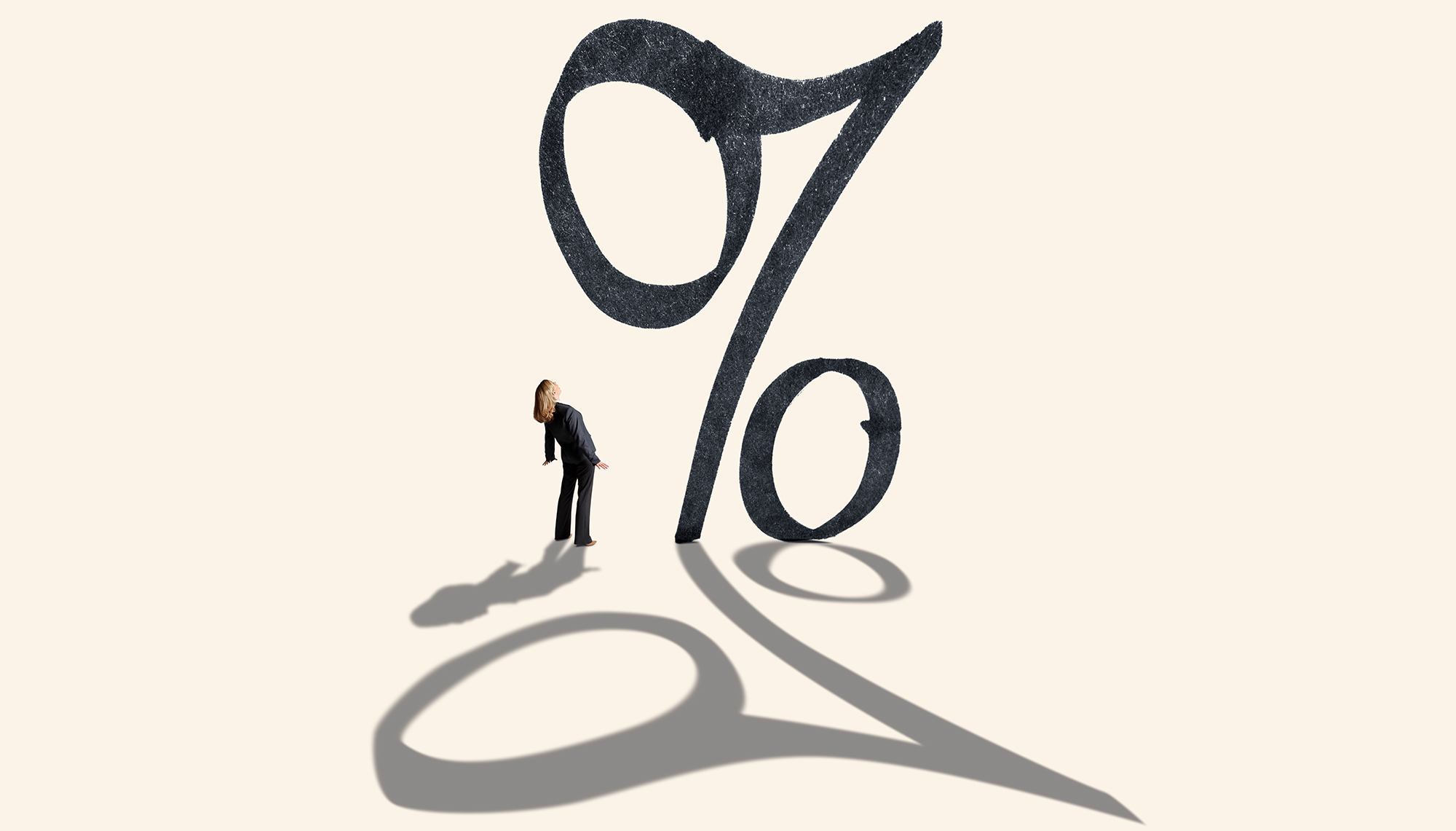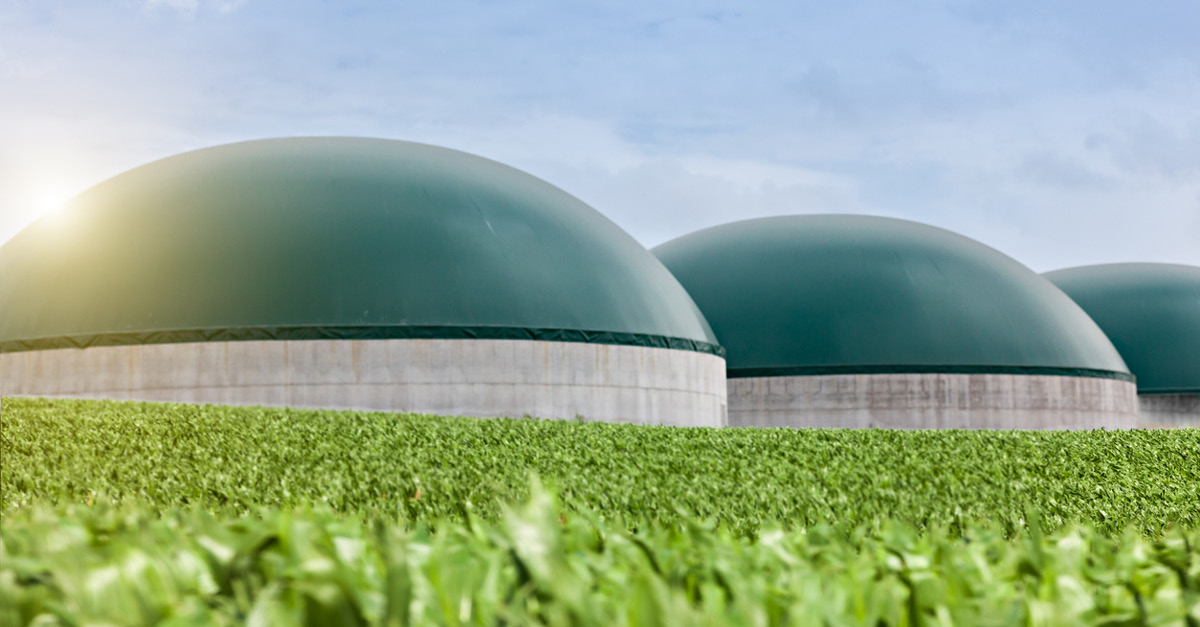How much will interest rates rise? Not as much as the market thinks

The Reserve Bank of Australia (RBA) is likely to increase interest rates this year. Indeed, the Bank of England has already hiked twice, the Reserve Bank of New Zealand three times, and the US Federal Reserve (Fed) once in response to the combination of high inflation, above average growth and extremely low unemployment. With similar dynamics in Australia, the question is not if, but when rates will rise and by how much?
What are the financial markets telling us? The interest rate futures market is currently implying a cash rate of around 3.30% in two years, or just over thirteen 25 basis point interest rate hikes. That’s a lot of hikes. To put it in perspective, after the global financial crisis, the RBA increased the official cash rate from a then record low of 3 per cent to a high of 4.75 per cent in 2011, a level that we have not exceeded since. Australian markets are also pricing in more rate rises than the US over the same period, even though the Fed has already started hiking.
What does the RBA have to say about this? As markets have rushed to price rate hikes, the RBA has remained cautious. Until very recently, Governor Philip Lowe was insisting that interest rates would remain on hold until 2024. While this stance has softened over the past two months, the tone coming out of the RBA is still noticeably dovish compared to market pricing and the attitudes of other global central banks. It is difficult to remember a time when RBA rhetoric and implied market pricing diverged as dramatically as they have now.
Either the RBA or the interest rate forward curve is incorrect, or both are incorrect and the truth is somewhere in the middle. To help solve this puzzle, let’s examine a key difference about Australia that makes aggressive interest rate hikes less likely than in the US and UK, namely the way in which changes to the official cash rate immediately affect household budgets.
In many other countries, mortgage rates are predominantly fixed for long periods. In the US, 30 year fixed rate mortgages are the norm. This means that when the Fed increases interest rates, existing households are largely unaffected, and even new mortgages rates are often unchanged because they are set off the 30 year bond rate, not the cash rate. This contrasts with Australia where mortgage holders either have variable interest rates that are set off the cash rate, or relatively short term fixed rates or some combination of the two.
Australian households are also more highly indebted than in other major economies and this makes them more sensitive to interest rates rises. As mentioned above, the market is currently pricing in a total of 320 basis points of rate hikes in Australia. If this came to pass, it would increase the monthly mortgage payment on a $500,000 loan by a minimum of $1,330, and likely more if the banks face other funding pressures as a consequence. A rise in mortgage payments of this magnitude would likely have a significant impact household budgets. So the RBA will likely only have to hike a small amount to get the same immediate effect on households as several Fed hikes in the US, where consumers have less debt and mortgage rates are not as tied to cash rate rises.
Furthermore, with much, if not all, of the observed inflation being due to global supply shocks from the pandemic and the war in Ukraine, it is not obvious that increasing domestic interest rates in a small open economy like Australia would do much to dampen inflation. Many of these exogenous factors are likely to persist for many months regardless of interest rates.
History tells us that we cannot always believe the interest rate curve when trying to predict interest rate hikes, and this period may be no exception.
Meet the author
Related articles

Economic Update June 2025

IFM’s Australian operation secures Family Inclusive Workplace certification






